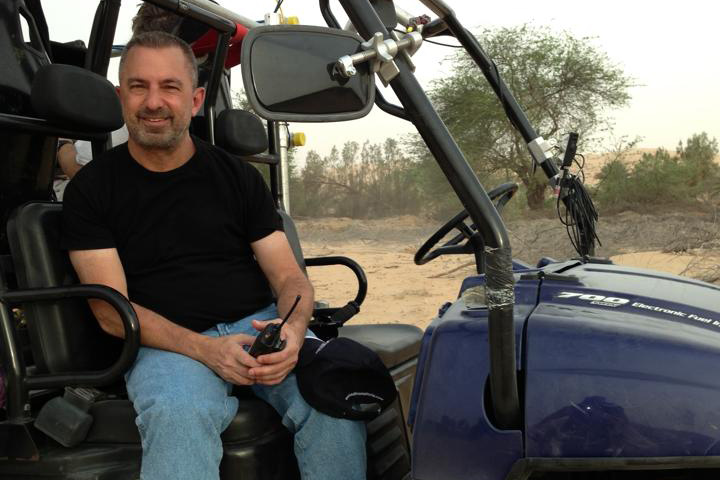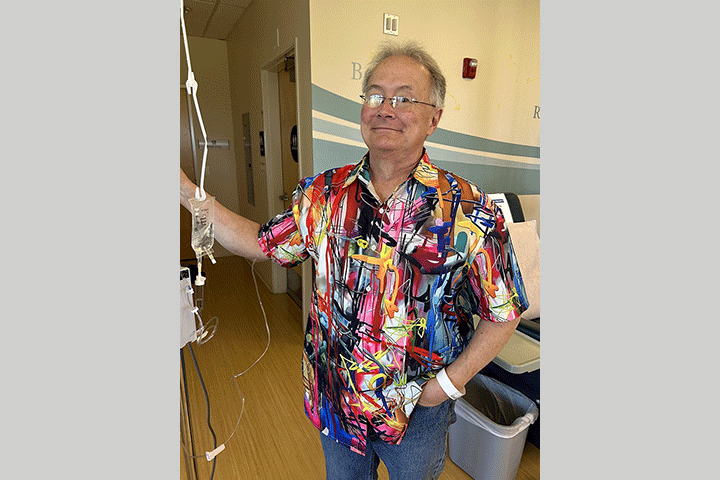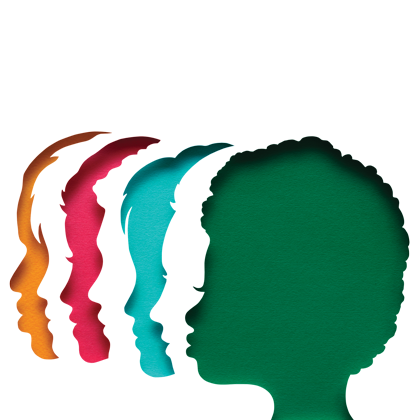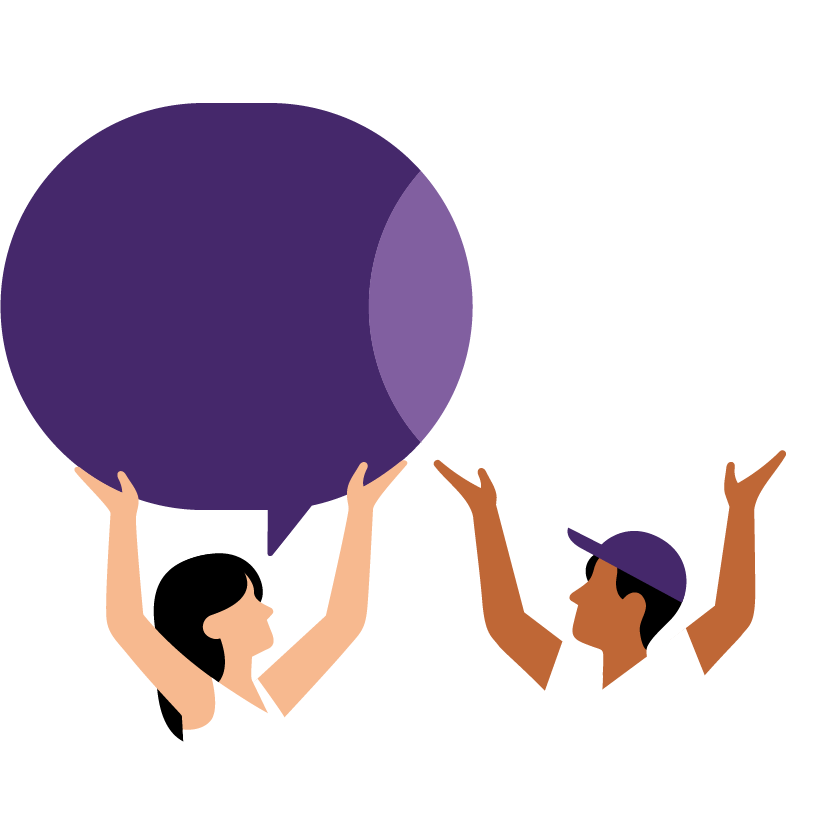My Two-Year Journey with Pancreatic Cancer

- Jaundice leads to a pancreatic cancer diagnosis
- Whipple procedure
- Chemotherapy after surgery
As the child of New York City public school teachers, and the grandson of a New York City publisher, I have always understood the power of words—and what words can represent.
As a lifelong filmmaker, I’ve always understood the power of images.
Both words and images have been so much part of the story of this incredible two-year journey.
Certain words, I have found, can act as chapter headings in our own lives. For me, the word “treatment” has dominated every aspect of this time period.
In the movie business, a “treatment” is a brief sketch of a story that will later be fleshed out later in a more full way. Sometimes, when drafting a treatment, writers don’t know where the story is going, or how it will end, but they have confidence that it will lead, at some point, to a satisfying conclusion.
What follows is a treatment about my treatment. There is no conclusion to the story yet, but all the later—and recent—events are completely positive.
The Beginning
The story, or treatment, begins with three very memorable images.
About two years ago I looked in the mirror and saw that my skin had turned yellow. I went to the emergency room in the Greenwich Village Northwell Health, not far from where I live. The triage nurse took one look at me and said I had jaundice.
A CT scan—an image of my insides—revealed something that I knew from the experience of having several friends who had heard the same words from their doctors. What was on the image could bring an abrupt end to my life story. I had a mass on the head of my pancreas. Pancreatic Cancer. A death sentence.
The Journey Starts
I took the scan to Memorial Sloan Kettering, certainly one of the most preeminent, if not the most preeminent, hospitals for cancer care in the world. A top surgeon, Dr. Alice Wei, had agreed to take me on as a patient. Dr. Wei looked at the image and determined that my mass looked “resectable”. This, I learned, in layman’s terms, meant it was removable by surgery.
In order to explain the first steps in my treatment, Dr. Wei drew an image on an 8 x 11 piece of paper, a pencil representation of my insides. On the diagram she demonstrated the basics of the operation called the “Whipple.” It required her and a team taking my insides apart, removing the mass, and then putting me back together.
The procedure was scheduled for the following day. Knowing time could be of the essence in these matters, I felt a small degree of relief.
After a mostly sleepless night, where I tried not to imagine the worst, but hoped for the best, I was wheeled to the operating room, wrapped up like a cocoon, attached to many wires, and placed under anesthesia.
When I woke up, the news was good. Dr Wei was able to remove the tumor. It was stage IA, which means a length of less than 2 centimeters. None of the many lymph nodes that they had carefully checked during the operation showed any sign of spread of the disease. Nor were there signs of it in any of my other organs. All my other vital signs were good.
I was encouraged to be active right away. Well, the day after surgery kind of active.
The Recovery, Part 1
After a couple of days of being in bed with contraptions on my legs to keep my blood flowing, and prevent clots, a nurse steadied me to my feet. Standing up seemed a— cliché intended—huge step forward in regaining independence. I grabbed the IV pole, moved slowly toward the hospital room door, and walked laps around the track-like hallway, which is something like one-twentieth of a mile for each lap.
Around and around I went, relying on the sturdiness and support of the IV pole and the company and encouragement of the nurse. In my younger days a 10K seemed like nothing, now 10 laps seemed like a difficult goal.
That IV bag, which hung from the pole, was also my lifeline. Not only was it keeping me hydrated, often it supplied me with specific liquids which had been prescribed to regulate different parts of the periodic table that circulated within my blood stream, which came up as deficient on the almost hourly blood work.
Potassium (or was it magnesium?) was a bag I never looked forward to seeing hung on the pole. It burned in a way that rivaled the pain I felt in my abdomen when trying to sit up. The emoji imagery of the pain chart, which measures level of pain from 1 to 10, and which the staff often asked me about, took on an amusing meaning. Was the pain a 6 or a 7? Does it really matter? It hurt like hell!
Actually, I believe it does matter, because a part of the treatment and recovery was learning to deal with the pain. I tried not to complain about it to anyone as it seemed there was little value to doing so unless it was in relation to drugs to help me weather through it.
And who would I complain to? It was the time of COVID-19. The rest of the world was on lockdown. Many of those closest to me were in New York, New Jersey, and Connecticut, but quarantined like everyone else during the COVID-19 crisis. The hospital had a no visitor policy.
But they all were an amazing support system. Each of them spent countless hours with me on the phone and on FaceTime. Each of them made sure I got what I needed via delivery. It was like I was 10 years old and back in sleepaway camp waiting for care packages to arrive in the mail.
Little slices of normalcy crept in . . . shaving . . . wearing normal clothing . . . going to the bathroom . . . standing up in the shower . . .
I looked out the window at a Manhattan that looked like an apocalyptic movie, but I knew that, in time, I would be able to go out and join the rest of the masked zombies.
Almost a month passed, then I got my parole and I was released to the outside world. I breathed Fresh New York Air. Once in the car, and on the way to Connecticut, I took a selfie, wearing a mask. I was clearly much thinner than I was before it all started. But I was no longer yellow. I was ready to enter the next long phase of my treatment.
The Journey Continues
After a couple of months I was strong enough for the next phase of my treatment. My oncologist, Dr. Danny Khalil, put me on FOLFIRINOX, what I was told was essentially the strongest version of chemotherapy patients who have my diagnosis usually get.
Each treatment consisted of three cancer-battling drugs, a medication to keep my white blood cell count high, and a medicine to help combat nausea, which was a side effect of the drugs.
The chemotherapy was meant to keep the disease from recurring. I was going to get 10 treatments. One treatment would be given to me over a three-hour period every other week.
A bag with one of the drugs stayed attached to me for 48 hours. I learned to sleep with it, and my cat learned to avoid it. It became part of me for many months, just like dealing with all of the side effects.
The Side Effects
I learned to drink liquids at room temperature, since a side effect of one of the drugs was extreme sensitivity to cold. My appetite evaporated. Some of the foods which would have been appetizing prior to surgery and chemotherapy became a turn off. I don’t know if it was what they looked like—or the smell—but I could not eat them. There were already so many items I was not supposed to eat—tomatoes were one of the hardest to avoid—I sought to figure out ways to keep up the proper nutrition. I found I was often most hungry in the morning and would often heat up leftovers before the sun even came up.
To help with appetite, Dr. Khalil referred me to Dr. June Chin, who assessed me as a possible candidate for medical marijuana, which is used to help cancer patients. Once she approved me for the New York State card, I went to the dispensar and got a vape and a starter set.
I vaped right before meals and it helped substantially with my desire for food. One time it worked so well I ate a half a box of Oreos, which was certainly a big cheat from the healthy meals. But I was so happy to be hungry at mealtime. It seemed like moderation would be the key.
Weight loss started to be less of a problem. For some reason Thanksgiving food became a constant craving, and I ate a lot of turkey and stuffing. Maybe I was subliminally giving thanks for still being on the planet.
The real Thanksgiving arrived, a holiday that, at one time, I had wondered if I would be able to celebrate, but I was more than able to.
My uncle brought me a week’s worth of cooking which my aunt had prepared. Her nephew enjoyed the food like no Thanksgiving ever before.
The Recovery
I’m long done with chemotherapy, and the two-year anniversary of turning yellow is just around the corner.
I’m in the pattern of getting scanned once every couple of months. The last scan was completely clear.
Two remarkable words, cancer free.
I’ve resumed a semi-normal life, going to the movies, riding my bicycle, writing, and teaching.
Over the summer I did a four-mile walk in Central Park that ended with a volunteer handing me an ice pop right after I crossed the finish line. No longer sensitive to the cold, it might have been the best ice pop I ever ate. I’m going to add it to the Thanksgiving menu this year.
Oh yes, also just around the corner is the next Thanksgiving. Surely I know what to give thanks for.
Glen passed away in June 2022, almost three years after his diagnosis. We offer our deepest sympathy to his family.






